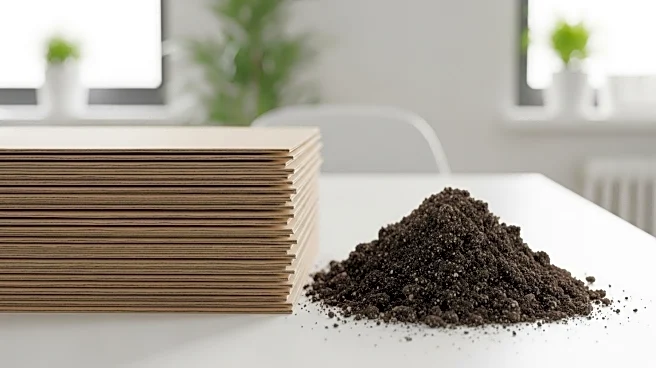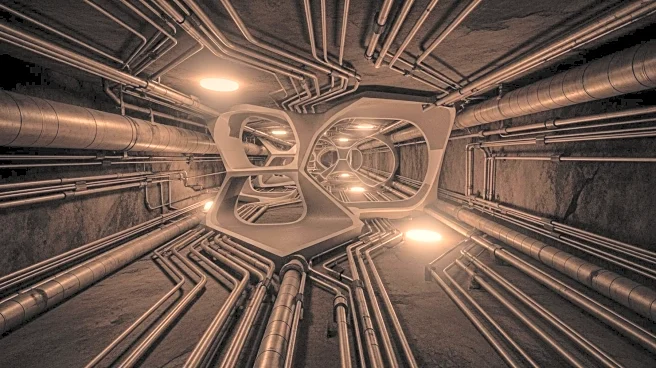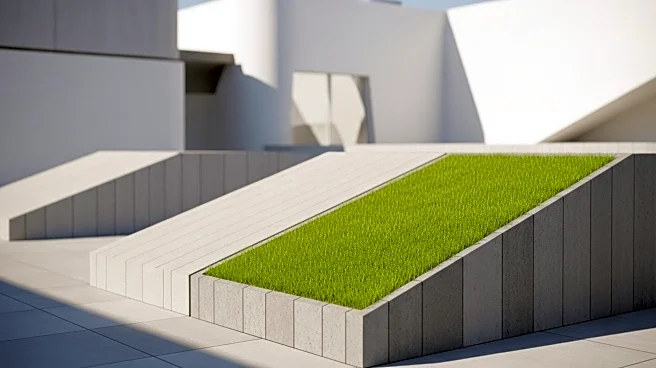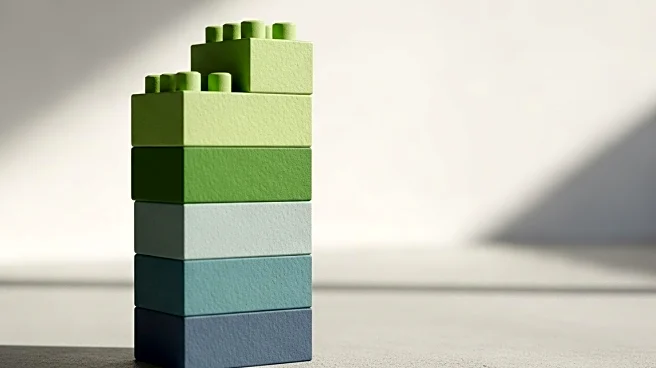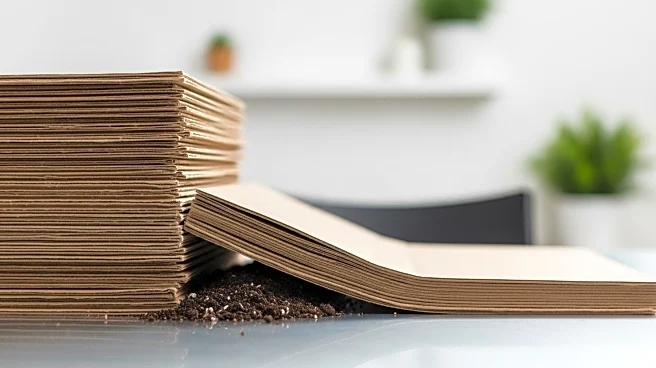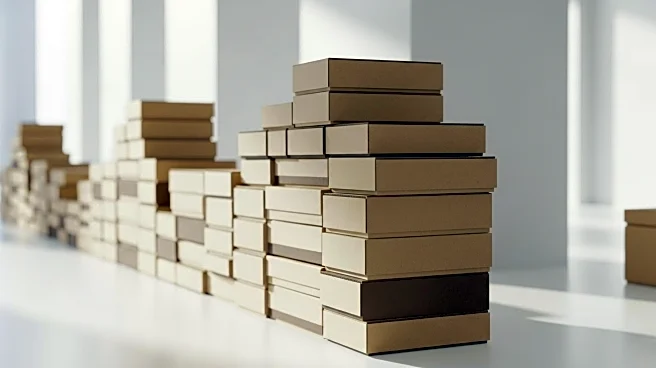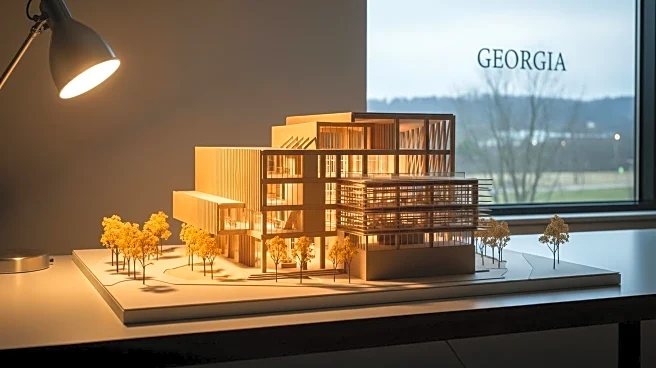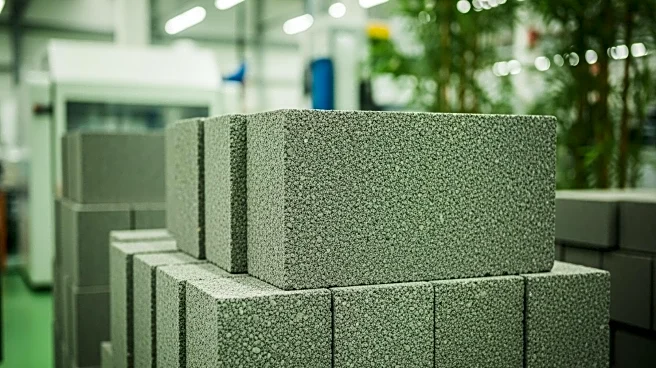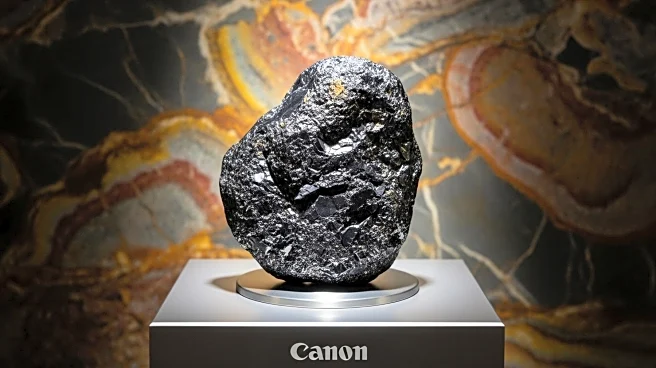What is the story about?
What's Happening?
A team from RMIT University has created a new building material composed of cardboard, water, and soil. This innovative material is designed to be reusable and recyclable, combining the durability of rammed earth with the versatility of cardboard. The development was inspired by temporary and disaster shelters, such as the Cardboard Cathedral in Christchurch. The team aims to address the environmental impacts associated with conventional building materials, noting that over 2.2 million tons of cardboard and paper end up in landfills annually, and the cement and concrete industry contributes to about 8% of global emissions. The new material eliminates the need for cement, reducing the carbon footprint and cost compared to concrete.
Why It's Important?
This development is significant as it offers a sustainable alternative to traditional building materials, potentially reducing the environmental impact of construction. The innovation aligns with global net-zero goals and the growing interest in local sustainable materials. By using locally sourced materials that are easier to recycle, the new building material could revolutionize building design and construction, particularly for low-rise buildings. The reduction in carbon footprint and cost makes it an attractive option for eco-conscious builders and developers, contributing to the broader efforts to combat climate change.
What's Next?
The RMIT team is currently seeking industrial partners to advance their invention. This collaboration could lead to the commercialization and widespread adoption of the new building material, further promoting sustainable construction practices. As the construction industry continues to seek ways to reduce its environmental impact, innovations like this could play a crucial role in shaping the future of building design.
AI Generated Content
Do you find this article useful?
